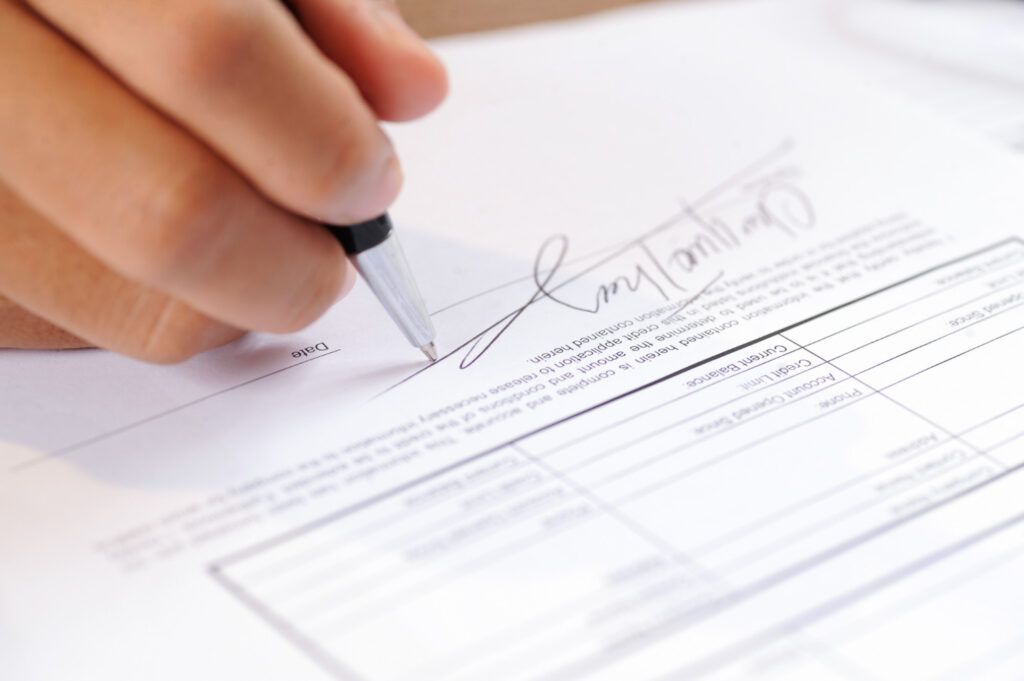2021 was the year in which most inheritances were accepted in our country. According to data from the General Council of Notaries, the number of acceptances reached a historic peak: 365,000, which was the highest annual increase (22.2%) of inheritances in Spain in its historical series, since 2010, when a record of 6.7% was scored in 2010.
Experts believe this may be due to the increase in mortality caused by COVID-19. However, the increase may also be related to the fact that in 2020 not as many acceptances could be performed due to restrictions, thus logically increasing the number of operations in 2021.
However, just as acceptances have increased, records have also been broken in rejected inheritances. The increase was 25% over the previous year.
Accepting the inheritance of a property is not a procedure that we are going to carry out every day. At most it will happen once, twice or three times in a lifetime, so it is completely logical that you do not know very well how to do it. In this article we are going to help you understand the steps and prepare you to accept the inheritance when the time comes.
Accepting an inheritance is the first thing you will have to do if you want to obtain and manage the property that has been bequeathed to you, but you will not be able to do so if you do not first gather the documentation and carry out the mandatory procedures. We tell you what they are.
1. Gathering the necessary documentation to accept an inheritance
There are a series of documents that are essential to accept an inheritance. They are the following:
The death certificate: this is a free document, which you can obtain at the Civil Registry of the locality of the person who has left the inheritance. It can take from two to fifteen days to obtain it. It is essential to know the name and surname of the person, the DNI and even the volume and folio number of the inscription of the death.
The certificate of last will and testament: through this document it is possible to know if the deceased person has left a will and in which notary office. It must be requested 15 days after the death and a fee of 3.85 euros must be paid. It can be requested in person or by mail at the General Register of Last Will and Testament of the Ministry of Justice, although the fastest way is to do it telematically.
Authorized copy of the will: this is a document that you will be able to obtain if there is a will. The request must be made at the same notary that appears in the certificate of last will and testament. This document and the death certificate must be presented to obtain it.
2. Accepting the inheritance before a notary
In order to accept the inheritance, it is necessary to take into account the case of each person, because it is not the same to have died leaving a will than without it, or that there are two or several subjects with possibilities of inheriting.
In case there is a will
In this case it is necessary to make an inventory of assets and debts, including all the information about the houses, amounts in bank accounts, insurances, vehicles in your name and, of course, debts.
In addition, it is necessary to sign the partitional notebook, which is a document in which the data of the heirs, the inventory and the distribution of assets are included. All this will have been distributed according to what is indicated in the will. This in case there are several heirs.
If there is only one heir, the only thing to do is to sign the acceptance of the inheritance before a notary.
In case there is no will
It is very common for people to die without a will, so this is another way that can be easily done. In this case it will be the notary who will be in charge of determining who the heirs are, so it will be necessary to prove the relationship with the deceased, providing the family book, the birth and/or marriage certificate.
From that moment on, you will have to sign the declaration of heirs. It is essential that you bring two witnesses who know the deceased and declare that they do not know of the existence of other heirs. This procedure can take up to a month and cost approximately 300 Euros, not including taxes.
Once this issue has been resolved, the notary will also be in charge of making the inventory of assets and drawing up the partitional notebook. This will include all the heirs and the corresponding distribution. From there on, they will be able to accept the inheritance.
3. Pay the corresponding taxes for accepting an inheritance.
Inheriting in Spain has a cost: inheritance and gift tax and municipal capital gains tax must be paid.
Inheritance and gift tax
This tax is levied on inherited assets and must be paid, logically, by the heirs. It is precisely for this reason that many people end up renouncing their inheritance. The term to pay this tax is six months from the death of the owner, although an extension of six more months can be requested.
The amount will depend on the value of the inheritance, the kinship with the deceased person, the patrimony that you have before inheriting and even the autonomous community in which you render accounts to the tax authorities. In some communities it is possible to obtain bonuses in this tax if the inheritance is from parents to children and the payment can be divided.
Municipal capital gains tax
Another tax levied on donations, in the case of real estate, is the municipal capital gains tax, which is also levied on the sale of a property. This is a municipal tax, which is levied on the increase in value that the land has experienced over the years. In the case of an inheritance, the date on which the deceased acquired the property and the date of your inheritance would be taken into account.
It is important to take into account that this tax can be paid in a period of six months (with the possibility of requesting an extension of another six months) at the town hall where the property is located.
4. Registration of the property in the Property Register
If later you plan to sell the property and it is not in the Land Registry, you can face serious problems. As the impossibility of finding a buyer. Therefore, it is essential that once you have accepted the inheritance, you register the property in the Land Registry. To do this you will need to provide all of the above documentation to prove that you have indeed just inherited that home.
Source: Habitaclia
You can also find us at:
YouTube – Jaume by LivingSitges
Instagram – @jaumebylivingsitges
www.livingsitges.com




